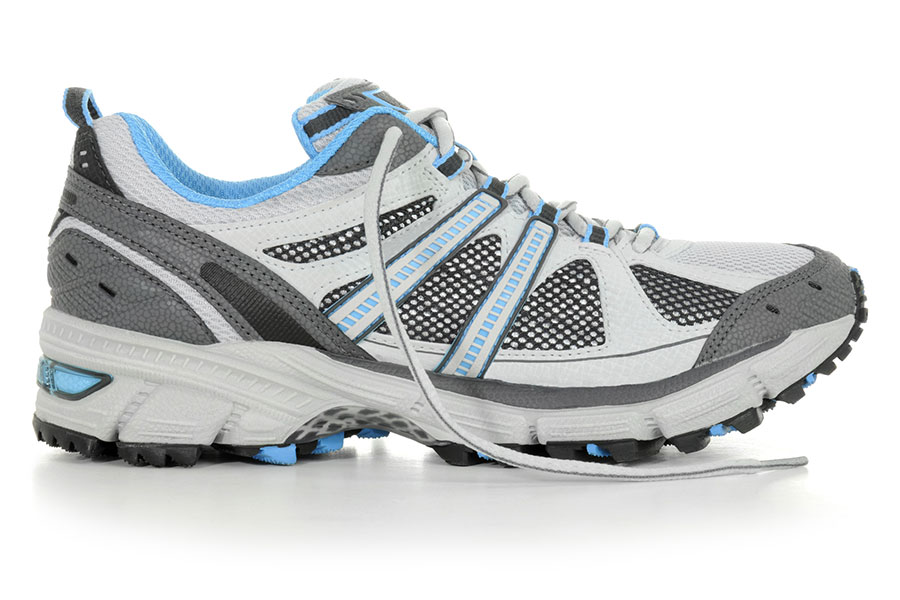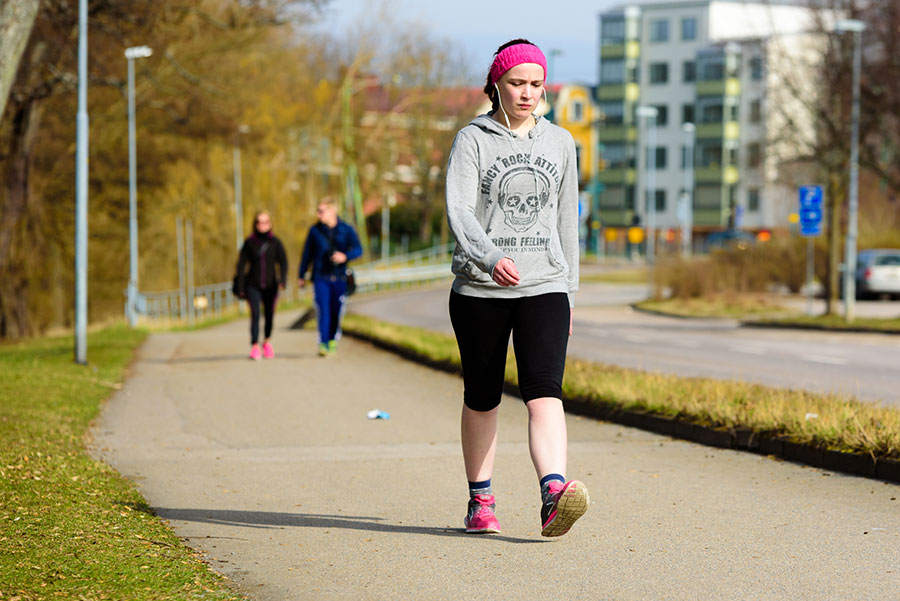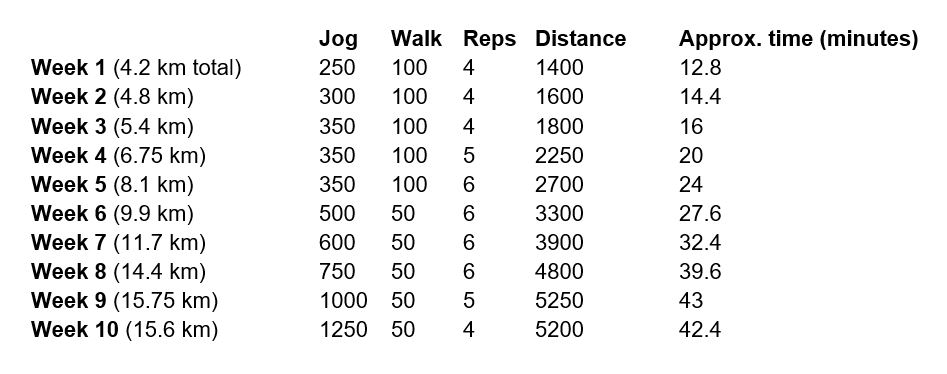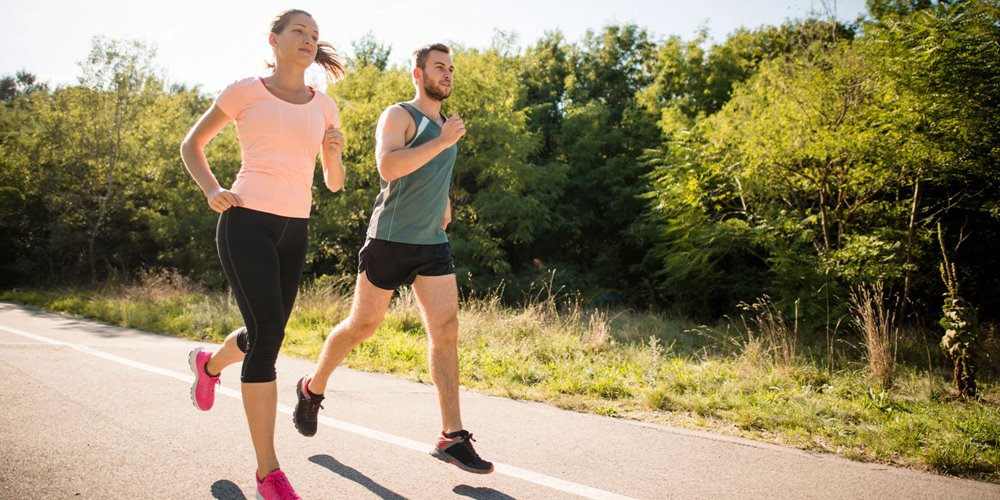Never run before? A NAIT instructor will get you moving
Running is a step toward a great summer. Working up to a manageable distance of five kilometres can help prepare you for a variety of fun physical activities, says Personal Fitness Trainer instructor Dr. Tim Just.
“Knowing that you can run a 5K is a huge thing to check off for a lot of people to build confidence with other fitness goals.”
How do you get started? Here, Just – a specialist in cardiovascular physiology and training – lays out his take on a standard 10-week program to go from the couch to a nonstop 5K jog.
There are minimal minor requirements for gear, no membership dues, and plenty of opportunities to involve friends – all while taking in the summer as you prepare to make the most of it.
Tech, shoes and other gear

After decent shoes – something sturdy but cushioned, and nothing with a hard, flat sole – your most important piece of equipment is your smartphone.
Instead of a fancy running watch, Just uses the Nike Run Club app. It’s free. There are others, such as Strava, Training Peaks and Map my Run. You just need one that uses your phone’s GPS to track your distance and, if you’re interested, shows your pace.
Other than that, wear whatever’s comfortable, light and breathable. “For longer workouts, some people might want to bring along a water bottle or run in a loop where they know they can get water,” says Just.
The warm up

“It shouldn’t take very long," says Just. "I don’t believe in adding 10 minutes to a workout just to warm up. Most people just skip it if I make it longer than that.” Here is Just’s recommendation:
The power walking alternative

Before you start, know that not everyone will immediately hit their stride.
“If you can go for a five-minute run and it’s pain free, then this is probably the program for you,” says Just.
If not, start with power walking, particularly if your goal is weight loss.
“Running is not a great activity for your joints if losing a lot of weight is your main goal. It burns a lot of calories but we might be doing a lot of damage in other places.”
With power walking, “You do the same program, with the understanding that your workouts will take longer.”
The program

At about 7.25 kilometres per hour, or 4.5 miles per hour, people on a treadmill tend to switch from a fast walk to a jog, says Just. That’s where he sets his beginner pace. In other common running units, that’s about 8:17 minutes per kilometre, or 13:18 per mile.
Alternate between stints of running and walking as directed below. Keep your arms close to your body, focus on inhaling over two strides and exhaling over the next two. Rest at least a day before heading out again. Do not try to cram in all in your training on the weekend.
“You have to listen to your body going through it,” says Just.
“You have to listen to your body going through it.”
Most weeks increase by roughly 10%. “We’re trying to build up that reserve, that physiological change, to try and hold on longer next week.”
Weeks nine and 10, which each surpass 5K, are essentially the real thing with walking segments to make it easier.
“I'm pretty sure anyone who can make it to week eight will be able to run the whole 5K [uninterrupted].”
Each week, run the same routine of jog-walk repetitions three times, every other day (all distances in metres unless otherwise indicated):
The cooldown

Walk until your heart rate lowers and your breathing slows. Stretch your shoulders, hips, thighs and calves.
“The cooldown isn’t necessarily just for stretching,” says Just.
Take the time also to think about the quality of your run in relation to how you slept, ate, hydrated and your stress levels over the last 24 to 48 hours. Consider making notes in a journal so you can make adjustments to improve every run.
Keeping it fun

Getting fit should be fun. If this plan isn’t, it’s OK to adjust – and you can by downloading Just’s program spreadsheet.
“Make the runs shorter, cut out a repetition," he says. "You’re still moving forward. You’re just not pushing it too hard.”
What’s more, “this is something you don’t have to do alone.”
Get a friend or two involved and run different routes. Explore, feel great, and share the experience.